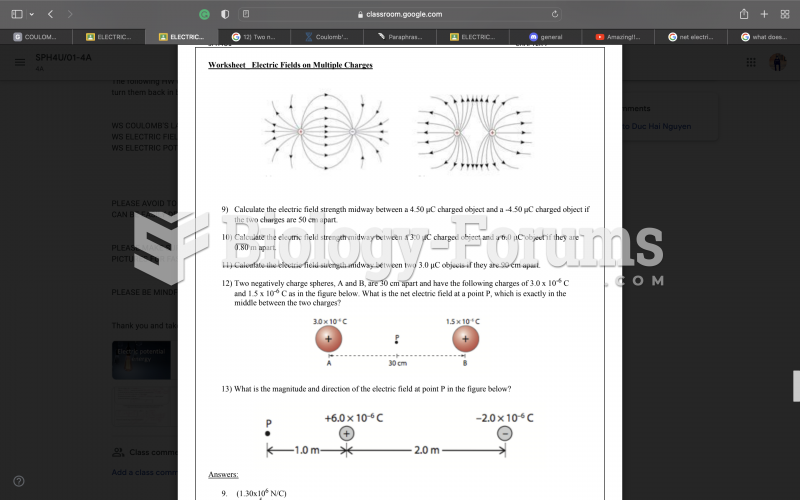(1) Work-related stressors fall into one of four categoriestask, physical, role, and interpersonal
demands. (2) Task demands are associated with the task itself. (3) For example, having to make fast
decisions, decisions with less than complete information, or decisions that have relatively serious
consequences are some of the situations that can make some jobs stressful. (4) Thus, the jobs of surgeon,
airline pilot, and stockbroker are relatively stressful. (5) A second type, physical demands, includes
stressors associated with the job setting. (6) For instance, working outdoors in extremely hot or cold
temperatures, or even in an improperly heated or cooled office, can lead to stress. (7) Role demands are a
third cause of stress. (8) A role is a set of expected behaviors associated with a position, so an employee
who is feeling pressure from her boss to work longer hours or to travel more away from her family will
almost certainly experience stress. (9) A final category of stressors includes interpersonal demands,
stressors associated with relationships that confront people in organizations. (10) For example, leadership
styles can cause stress, and individuals with conflicting personalities may experience stress if they are
required to work too closely together.
Which of the following sentences is NOT a minor supporting detail?
a. sentence 3 c. sentence 7
b. sentence 4 d. sentence 8
Question 2
(1) Work-related stressors fall into one of four categoriestask, physical, role, and interpersonal
demands. (2) Task demands are associated with the task itself. (3) For example, having to make fast
decisions, decisions with less than complete information, or decisions that have relatively serious
consequences are some of the situations that can make some jobs stressful. (4) Thus, the jobs of surgeon,
airline pilot, and stockbroker are relatively stressful. (5) A second type, physical demands, includes
stressors associated with the job setting. (6) For instance, working outdoors in extremely hot or cold
temperatures, or even in an improperly heated or cooled office, can lead to stress. (7) Role demands are a
third cause of stress. (8) A role is a set of expected behaviors associated with a position, so an employee
who is feeling pressure from her boss to work longer hours or to travel more away from her family will
almost certainly experience stress. (9) A final category of stressors includes interpersonal demands,
stressors associated with relationships that confront people in organizations. (10) For example, leadership
styles can cause stress, and individuals with conflicting personalities may experience stress if they are
required to work too closely together.
Which of the following sentences does NOT include a transition that signals a minor supporting
detail?
a. sentence 3 c. sentence 8
b. sentence 6 d. sentence 10







